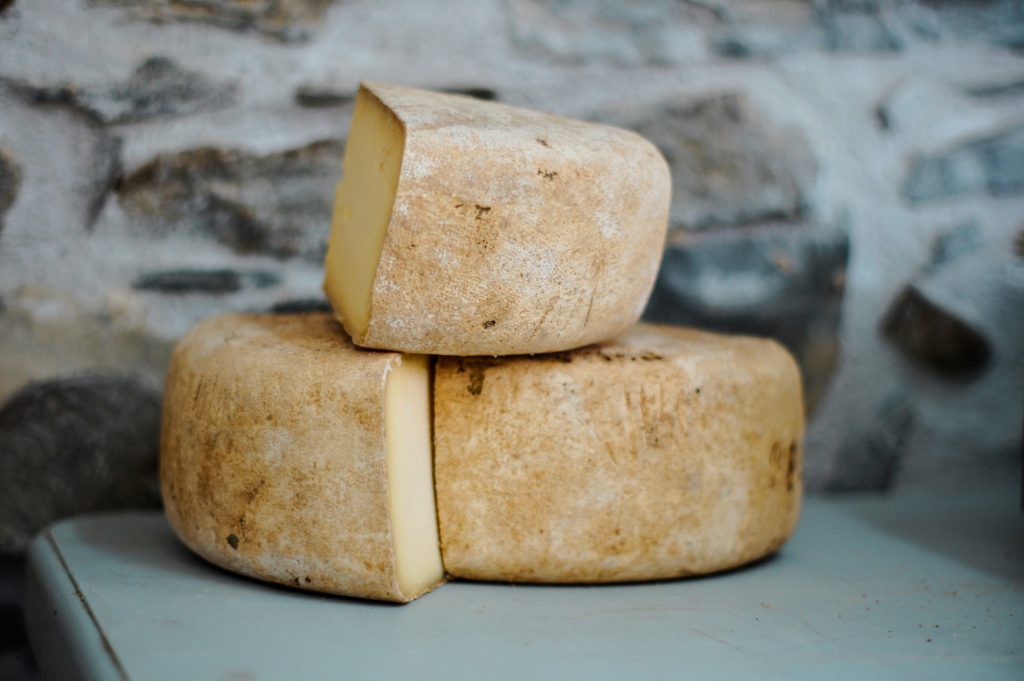As systems thinkers, we know that small actions can have a big impact. However, it can be disheartening feeling that even if we as individuals make a huge effort to change our food habits, it won’t be a scratch on what we need to do to slow down the alarming rate of damage to our precious earth, let alone reverse it.
Why is systemic thinking the key?
Systemic thinking opens the door to critical thinking. It invites us to consider our actions, both the intended and unintended actions and their impact. Some of these actions are habitual, part of our daily life and are unconscious!
Our invitation as systems thinkers is to start observing our habits and revising them based on what is important now and what is the impact we want to have.
The team at CRR UK have been reviewing our food habits to bring consciousness and intentionality around what we eat and how our diet impacts the environment. We have learnt that even one small change starts the process of deeper consideration and wider changes.
The first change we make feels valuable, bold and challenging, but we recognise that the first step is a stepping-stone to making more changes that we know will have a bigger impact.
By taking these small steps, we realise that we can no longer stay in the realm of “blissful ignorance” when it comes to our impact on the environment. Once we gain knowledge and became conscious of the harm we are doing, we will feel compelled to make further changes. We can’t unknow what we’ve come to know.
Some sobering facts linked to food production:
- Food accounts for over 26% of global greenhouse gas emissions Poore, J. & Nemecek, T. (2018).Reducing food’s environmental impacts through producers and consumers Science 360 (6392), 987 – 992.
- Half of the world’s habitable land is used for agriculture.
- 94% of mammal biomass (excluding humans) is livestock.
Together as consumers, we have the power to make change. We know we only like to change when it’s convenient or when we have no choice. Otherwise, change can feel extremely uncomfortable, or can force us onto an “edge” (a challenging decision-making point) – which is a concept we explore in depth on the ORSC Series.
The current environmental situation can feel like we have time and that change is inconvenient, but here’s the thing… we know that we don’t have time. In fact, Scientists have confirmed that at this rate, we only have 30 years to prevent a climate catastrophe (Uninhabitable Earth, by David Wells). This means we have to act now to reverse disastrous effects.
A multitude of small changes now could have a significant impact on the future. There are many Earth friendly alternatives which we can adopt and lots of free accessible information to help us become self-aware about our habits.
Calculate Your Foodprint
Earthday has compiled some fabulous Foodprint Calculators to help you understand more about your carbon footprint.
Our favourite Foodprint calculators are:
[mks_button size=”large” title=”BBC Climate Change Food Calculator” style=”rounded” url=”https://www.bbc.co.uk/news/science-environment-46459714″ bg_color=”#aa3441″ txt_color=”#FFFFFF” icon=”” icon_type=”” nofollow=”0″]
This one is really interesting because you can look at the carbon footprints of specific foods and drinks and compare them to other items in that category (such as meats, vegetables and drinks). Very eye opening.
[mks_button size=”large” title=”Food Print” style=”rounded” url=”https://foodprint.org/quiz/” bg_color=”#aa3441″ txt_color=”#FFFFFF” icon=”” icon_type=”” nofollow=”0″]
This one is a really quick and easy quiz to understand how high or low your foodprint is at the moment. It also offers useful tips on how you can reduce it.
So, let’s bring about change by putting our money where our mouths are. Together, let’s start making resolutions on Earth Day!
What’s Your Earth Day Resolution?

Most of our team at CRR UK have committed to giving up cheese for 4 days a week. Why have we decided that this change feels right for us?
Two major problem areas arise when it comes to food production: how much carbon the production and post-production produces, and how much water it takes to produce it.
Through reading “When the Rivers Run Dry”, recommended by Charly Cox from Climate Change Coaches, and other sources, we recently learnt that one pound of cheese:
- takes about 650 gallons of water to produce. (When the Rivers Run Dry, by Fred Pearce)
It is going to be a huge challenge for us because most of us are real cheese lovers! Our commitment is to explore what other delicious alternatives is there to cheese which have a lower carbon footprint. We will share what we learnt with you over the course of the year.
Share your Earth Day resolution with us
We would love to know your Earth Day resolution, please tweet us at @crr_uk your chosen resolution and let’s start a conversation! #EarthDayResolution






